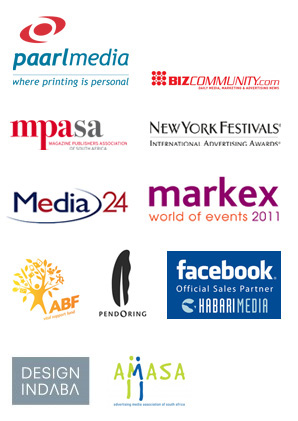By Jason Kempen
We all know the names and the spokespeople endorsing the “blue blood” logos. We breathe heavily at their platinum window displays, not daring to venture through the doors into these temples of conspicuous consumerism lest we be discovered to be browsing and be punctually ejected onto the pavement. What is it about the Louis Vuitton monogram and the Hermes organge bag that gets us all so excited? What mystery constitutes the essence of a luxury brand?
The elusive, almost unattainable quality of a brand (that might cost more than your monthly mortgage), is so deliciously enticing that nothing else could possibly satisfy you, you feel, until you lay your hands on the product. We know that feeling so well. The heritage, the elegance and the exclusivity of the brand are key aspects to the equation. However, it’s the intangible aura of the luxury brand that encourage us to fantasise about where we’ll be and what we’ll become, in their all-embracing presence, that constitutes the real magic. The mega brand’s visual identity telegraphs romance, “the dream” and the fairytale upon the often harsh stage of life.
The universal theme linking luxury brands worldwide is the simplicity of their visual identities, although it might seem at odds with the sumptuous, regal universes to which they pertain. Chanel, Hermes, Louis Vuitton and Gucci all have clean, simple logos, monograms and classic fonts. In other words, they project timelessness. Forget the fleur de lis and damask extravagance – the worlds’ most luxurious brands keep it seductively simple.
In a world of mass branding, there are three important ingredients that set luxury icons apart –image, consistency and service-focused branding. The best brands are the ones which ensure that every interaction with their consumer is consistently good, speaking the same brand language and keeping things straightforward and simple. Depending on the brand, a little dry wit goes a long way. Brand language has to be consistent in every aspect of communication – from the logo to its website and advertising pitch.
Take a look at newly-launched online menswear store, Mr Porter, for example. Representing some of the biggest names in fashion, the stakes are high to effectively translate the levels of service anticipated from these brands through their consolidated offering. From a beautifully crafted website which is clean, easily navigable, informative and with personalised emails, select expert advice, exquisite hand-packed packaging delivered within 48-hours, worldwide, (without customs’ hassles) and door-to-door, their offering is top-notch in every detail.
Luxury brands have a unique vision, which is translated to every single piece of design collateral. Most brands forget that these are often the items that the consumer experiences before they interact with your brand, and if these are perceived as slap-dash, so will your product. This applies to everything from your brand strategy signage to advertising to logotype development. There is no use having a pair of hand-crafted designer shoes with an ill-considered logo stamped on the sole.
Developing luxury branding is an art form that takes a huge amount of careful consideration and design ingenuity. Here are three essential steps to consider:
- A. Develop a unique vision and offering.
Take a look at the market place and identify the competitor framework , then focus on the inherent value and differentiation of your brand. This will act as a guideline from which you can grow your design. What is similar about the brand with regard to its competitors and what is different? Focus on the elements that set the brand apart and use those to develop the brand’s visual identity, but keep its similarities in mind – the design has to remain relevant to the brand’s marketplace.
- Take the end user into account.
Consumers in this top-end segment are generally cash-rich, but time-poor. Messaging and visualisation needs to be clear, simple and to-the-point, in an attempt to bypass the clutter. The most memorable designs are often the most minimal, combining smart (but simple) and engaging concepts with luxurious finishes and high-end production. Also consider personalisation wherever possible, depending on the type of design interaction required.
One often made mistake is that the design agency is consulted very late in the process. Wherever possible, agencies prefer to work with brands from inception or launch, to help ensure that each and every touch point is completely consistent and relevant. Alternatively, when working with existing brands, agencies like to do an audit of all existing communication to try and consolidate everything into a unified message – using what’s working and dropping what’s not – thereby hopefully adding a new twist and focus along the way.
- Try to take a step back.
Retreat from the creative brief to look at the overall offering. Agencies worth their salt should be willing to suggest ways of communicating what is more relevant or effective for the brand, even if this might mean taking a knock on possible work. An agency should be trusted for the advice given rather than its ability to push a design through for the sake of it. You will recognise this honesty of approach in your chosen design agency and build a lasting relationship with them – which is imperative for constructing a platinum brand over time.
The winning formula? Keep it simple and don’t presume to have exclusive access to a consumer’s attention. A well-considered message and concept, plus expertly crafted design techniques and evocative visuals will always cut through the clutter.









No comments yet.